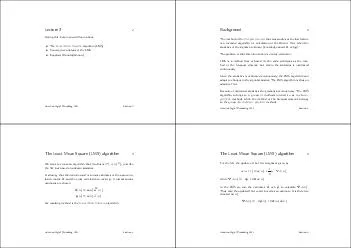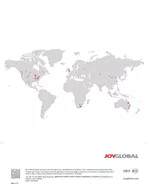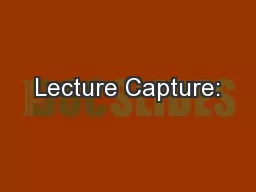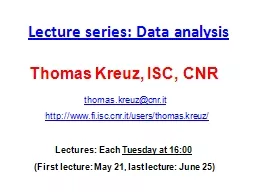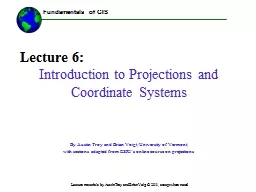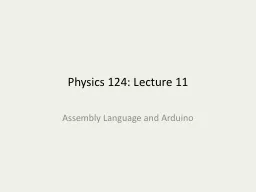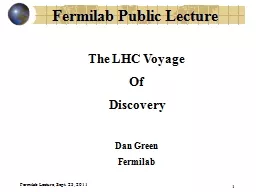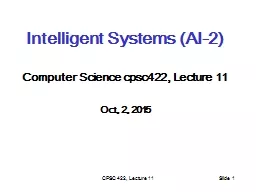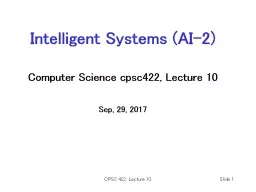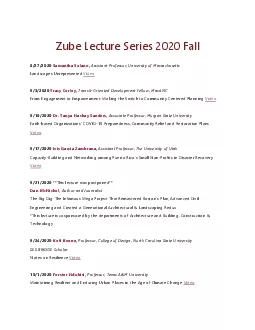PDF-Lecture series
Author : ximena | Published Date : 2022-08-23
Gastrointestinal tract Professor Shraddha Singh Department of Physiology KGMU Lucknow GASTROINTESTINAL MOTILITY II MOVEMENT OF SMALL INTESTINE TYPES OF MOVEMENT 1MIXING
Presentation Embed Code
Download Presentation
Download Presentation The PPT/PDF document "Lecture series" is the property of its rightful owner. Permission is granted to download and print the materials on this website for personal, non-commercial use only, and to display it on your personal computer provided you do not modify the materials and that you retain all copyright notices contained in the materials. By downloading content from our website, you accept the terms of this agreement.
Lecture series: Transcript
Download Rules Of Document
"Lecture series"The content belongs to its owner. You may download and print it for personal use, without modification, and keep all copyright notices. By downloading, you agree to these terms.
Related Documents


